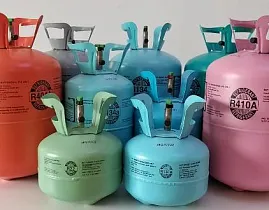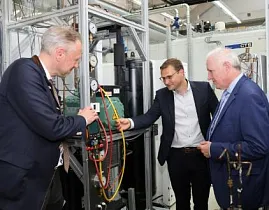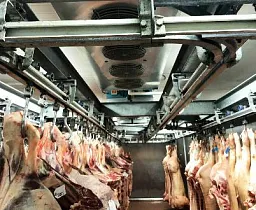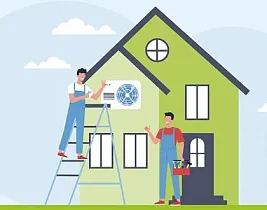
Fluorinated greenhouse gases are used in particular in refrigeration and air conditioning. Emissions from such gases contribute to climate change. In 2014, the EU made new strict rules that will reduce EU emissions significantly. In the light of the European Green Deal and Climate Law, recent international obligations under the Montreal Protocol, technical progress and lessons learned during the implementation, the European Commission is now preparing a review of the F-Gas Regulation that may result in a proposal for revision by the end of 2021.
The EC has published (29 June 2020) a combined evaluation roadmap/Inception Impact Assessment evaluating how the F-Gas regulation has affected the market and the progress made in avoiding F-Gas use and at what cost this was achieved.
This document aims to inform stakeholders about the Commission's work in order to allow them to provide feedback on the intended initiative and to participate effectively in future consultation activities. Stakeholders are invited to provide views on the Commission's understanding of the current situation, problem and possible solutions and to make available any relevant information that they may have, including on possible impacts of the different options.
It is also to be noted that this combined roadmap/Inception Impact Assessment is provided for information purposes only. It does not prejudge the final decision of the Commission on whether this initiative will be pursued or on its final content. All elements of the initiative described by this document, including its timing, are subject to change.
The feedback period of this consultation is from 29 June 2020 to 7 September 2020.
EU F-Gas emissions have increased by 60% since 1990 and currently amount to 2,5% of overall EU greenhouse gas emissions. While the existing rules in place can already achieve significant emission reductions, the EU should update the rules in the light of the European Green Deal objectives, recent international obligations (cf. Kigali Amendment), technical progress made and lessons learned during the implementation. While the current rules contribute to more climate-friendly technologies and the achievement of an international agreement on HFCs, some challenges need to be tackled:
The baseline is maintaining the current Regulation without changes. The policy options will depend on the findings of the evaluation and are expected to include the following:
The stakeholder consultations will focus on to what extent the F-Gas Regulation is working well, the need to review it, the choice of policy options and expected impacts. The outcome of the following consultation activities will be summarised in a report:
By 1 July 2020: Report assessing availability of cost-effective, technically feasible, energy-efficient and reliable alternatives.
By 31 December 2020: Report on the availability of hydrofluorocarbons on the Union market.
The Roadmap is open for feedback until 7 September 2020. The Feedback should be formulated in up to 4.000 characters and can be complemented with an attachment.
In order to provide the EC with a consolidated written feedback, the Eurovent members are asked to provide the Eurovent Secretariat with their written input by Friday, 31 July 2020.






